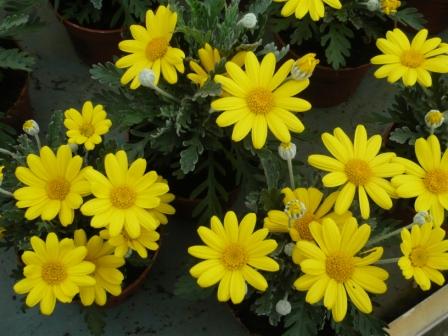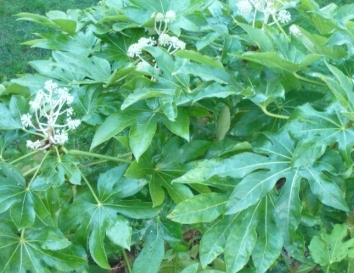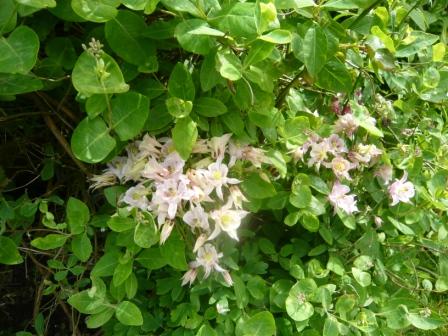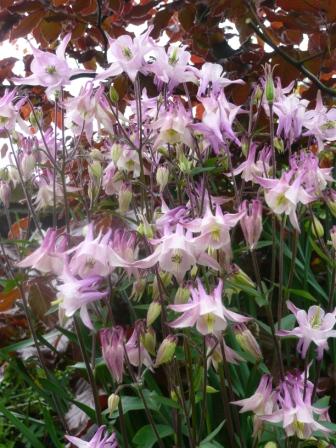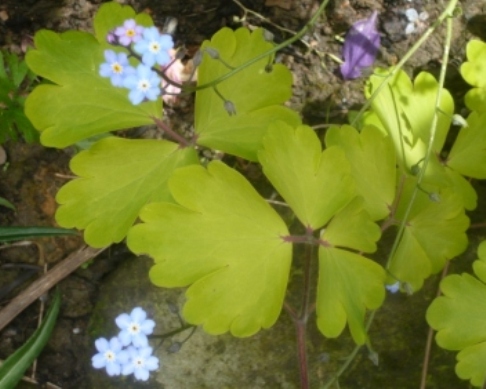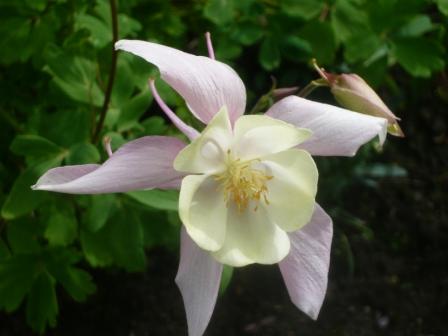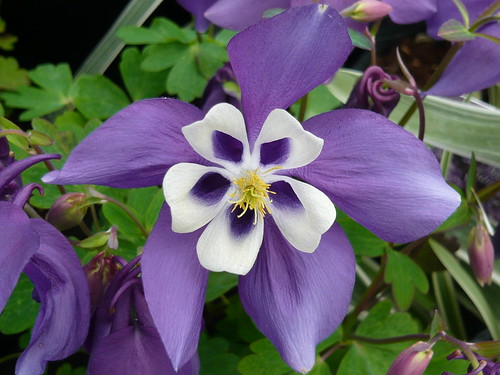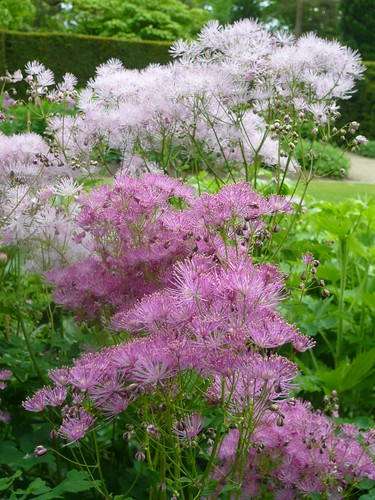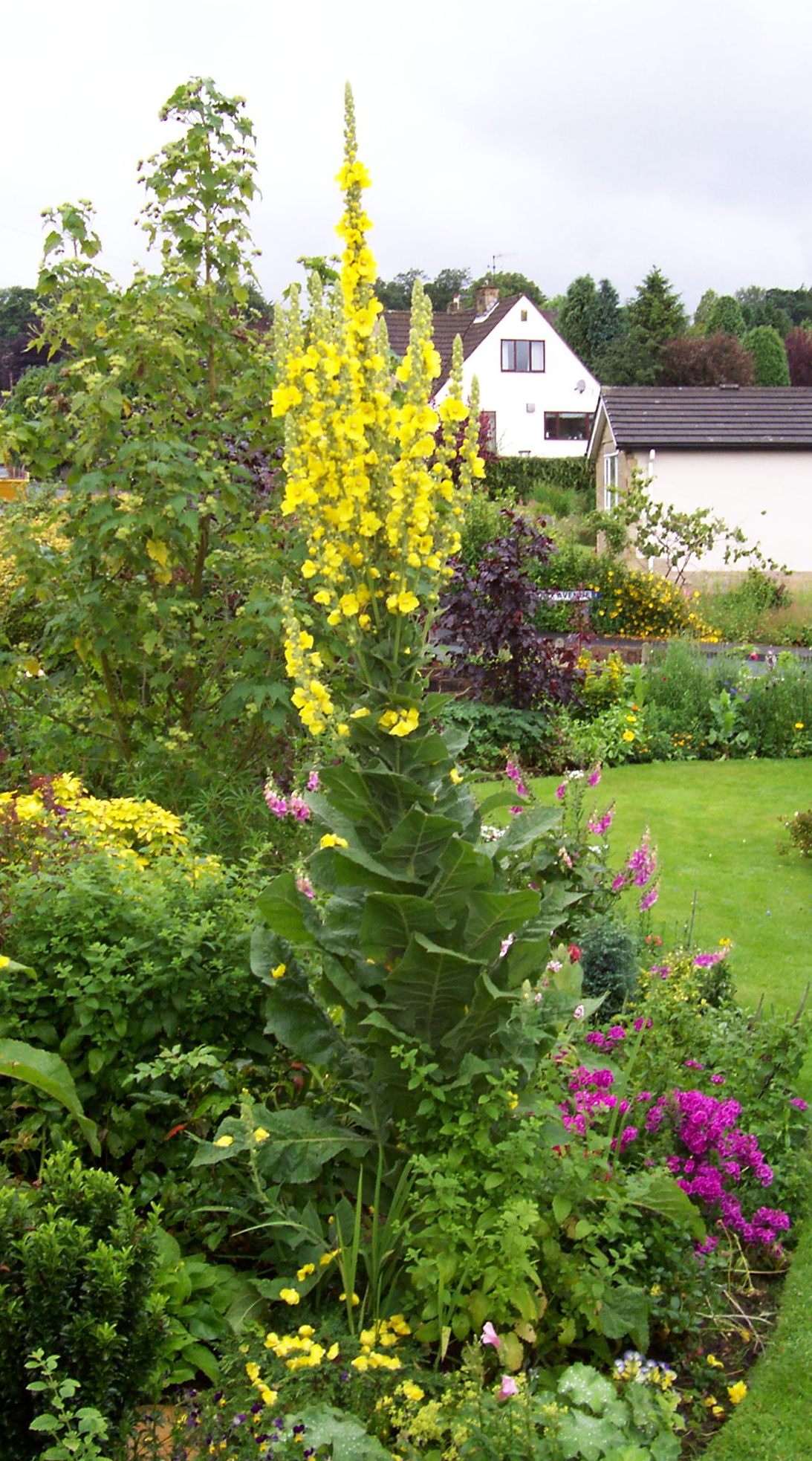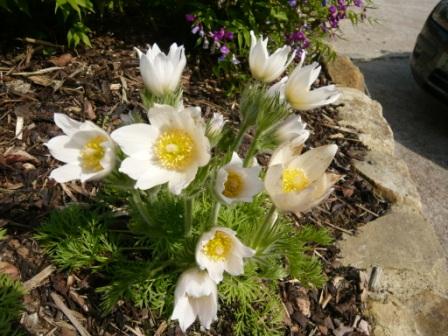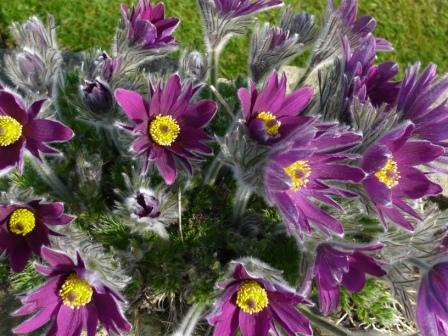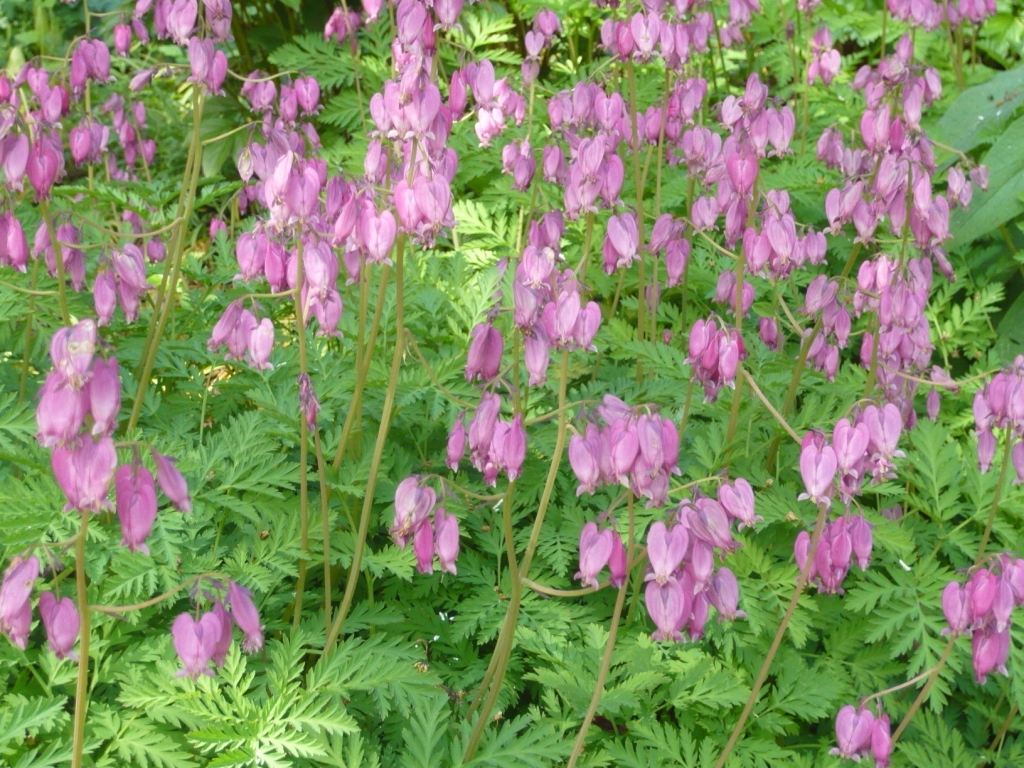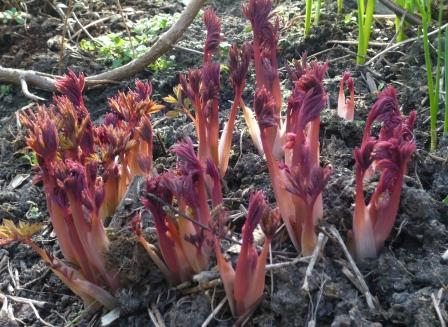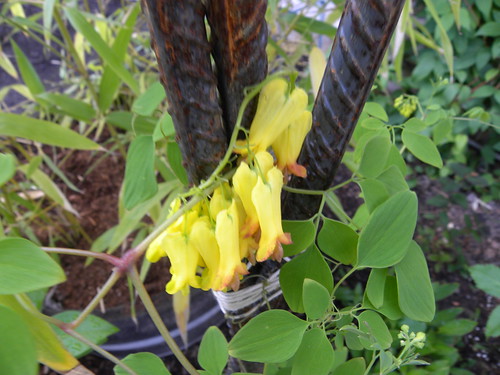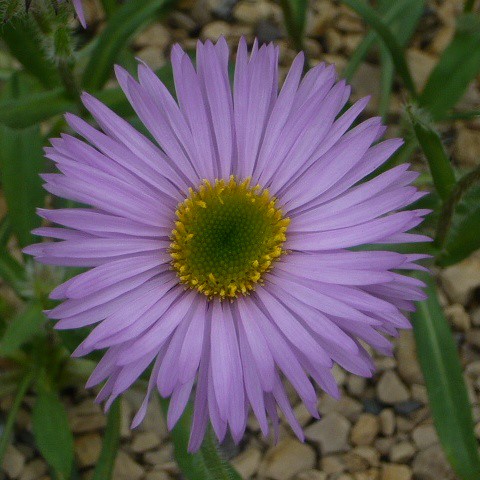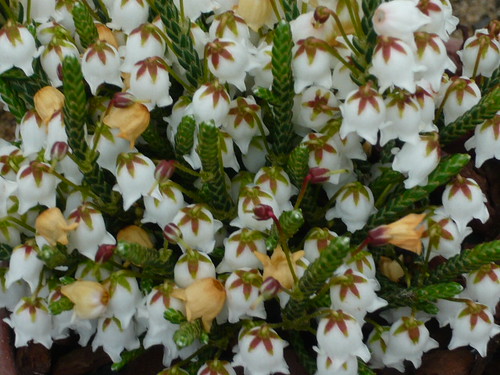Euryops Yellow Daisy
Daisy daisy give me fine leaves too
Growing one foot high Euryops acraeus or Euryops evansii is a dwarf shrub that makes a neat and compact plant. In summer the grey mounds of leaves are covered with small bright-yellow daisies that have an even deeper-yellow in the centre.
It is a tough plant that survives all but the most extreme summer conditions including moderate but not prolonged drought. It can rot if too wet and unfortunately it isn’t reliably winter hardy. Propagated by stem cuttings that can be overwintered inside. They are being promoted by the horticultural trade and are progressively available at garden centers in the spring so expect to see more around.
Other Euryops, and there are around 100 species, can grow into small trees but due to winter frailty I can not recommend any varieties.
Euryops look good in groups of 3 and they are a suitable filler for cottage or perennial gardens. If your garden can use a shot of bright yellow all season long then give Euryops a trial.
